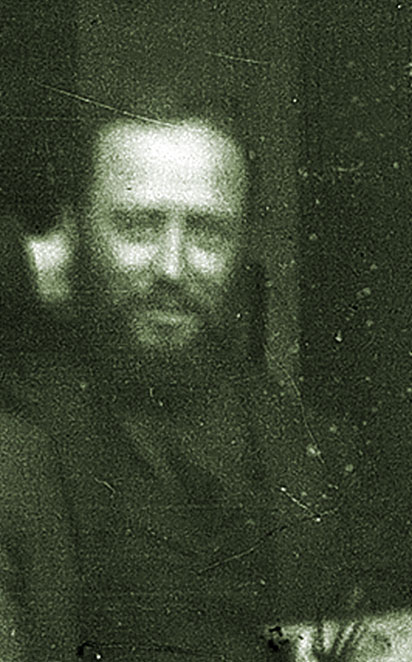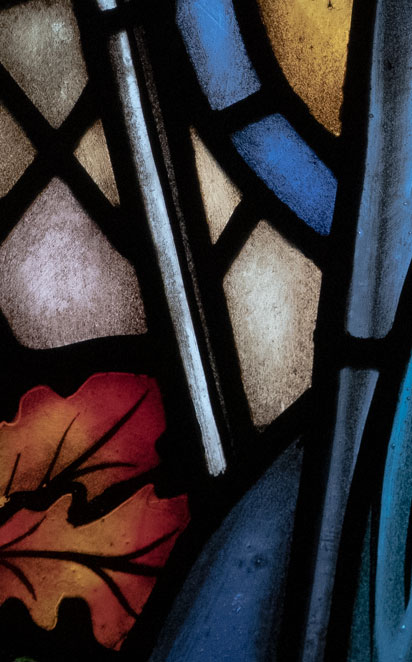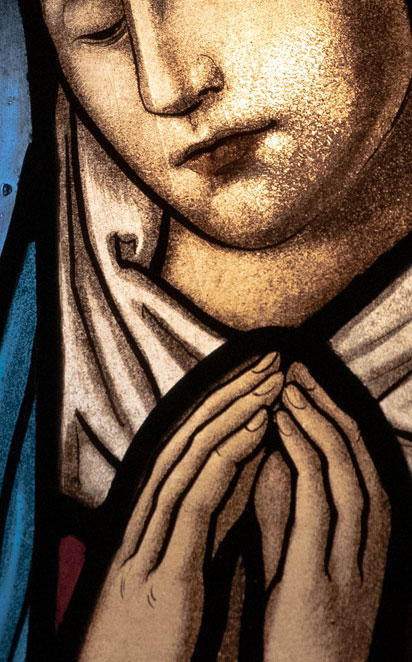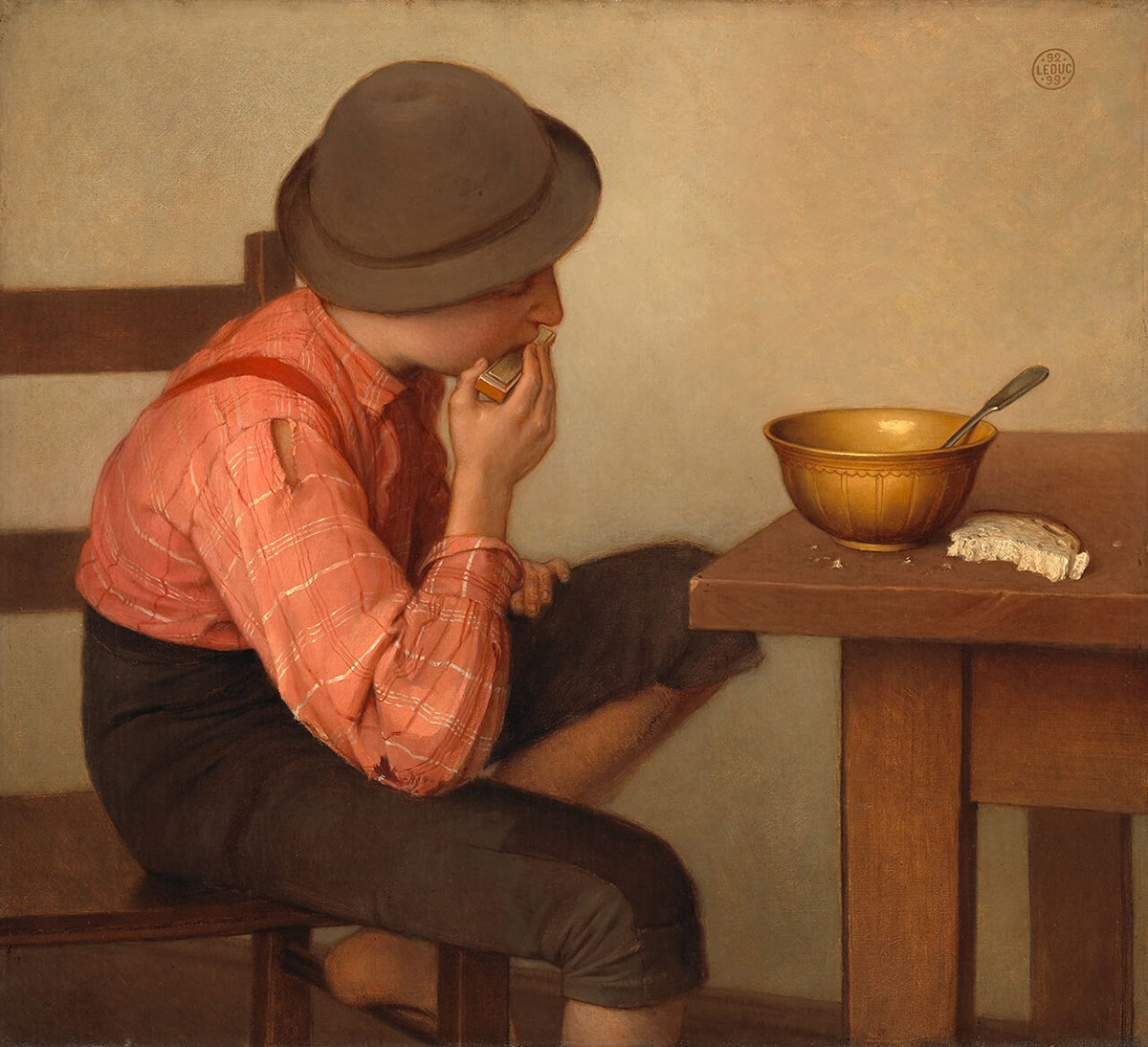Introduction
Inspiration without limits
Ozias Leduc is a prolific artist. He painted his first still life, Three Apples, in 1887 at the age of twenty-two. His technique is precise and incredibly realistic. A few years later, he achieves great success and notoriety for his masterful pictorial style. In his art, he continuously studies nature and captures its beauty. His inspiration has no limits.
I do not have my own way and do not want to have any; every time I paint, I am looking for something. - Ozias Leduc
He develops his talent as a painter with the creation of portraits of family and friends, and his commissions' preparatory work. Women have an important place in his portraits. Concerned with detail, he often uses photography to preserve poses and features of his models. In his municipality of Saint-Hilaire-de-Rouville (now called Mont-Saint-Hilaire), certain local legends circulate that Leduc enjoys telling or using as a source of inspiration. Beyond his environment, he maintains personal and professional relationships with great kindness, whether with artists, poets, writers, musicians or historians. These friendships become an important source of inspiration as well.
The artist produces several genre scenes where he represents his brothers and sisters absorbed by some intellectual activity, such as reading. In the 1890s he painted his sister Ozema and his brother Honorius in portraits both called The reader. Child with bread, recalls two characteristics common to Leduc’s portraits: the subject holds an accessory (a harmonica) and is absorbed in an activity that emphasizes the themes of innocence and imagination.
Testimonial
His family and his talent, a testimonial from Simone Leduc-Lamy, Ozias Leduc's great-niece
Download in WebM format (2,5 Mb)
Download in MP4 format (1,8 Mb)













